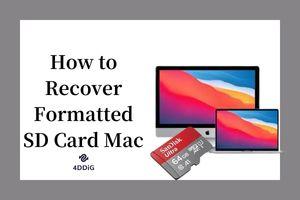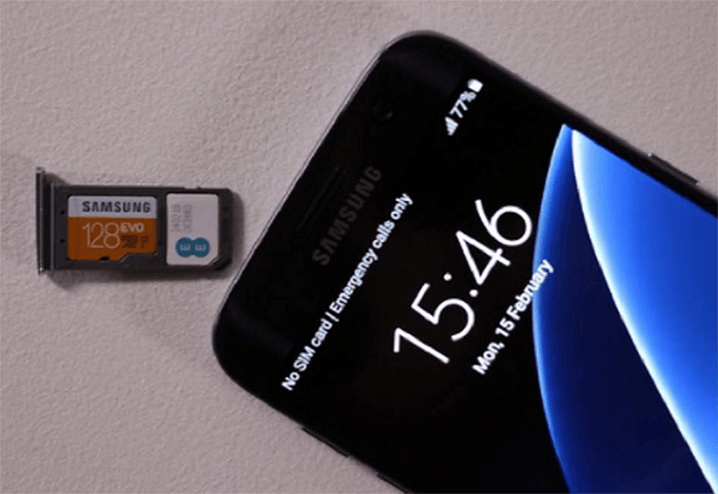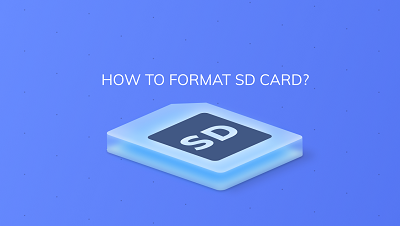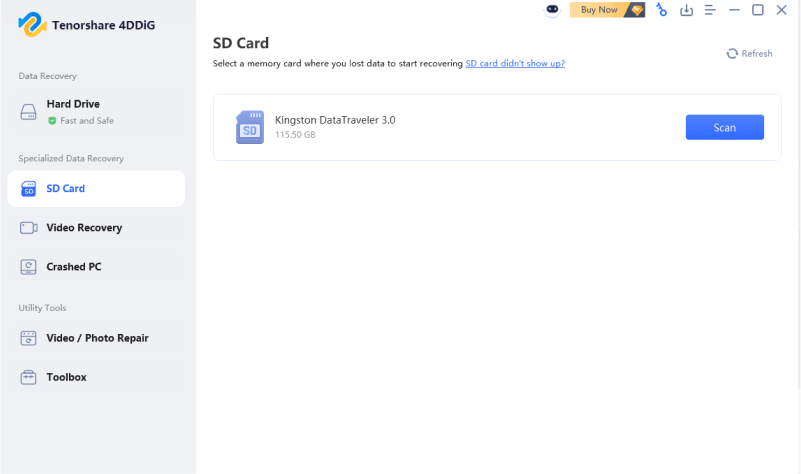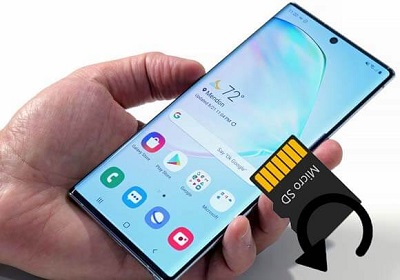How to Fix SD Card Won't Format on Windows 11/10/8/7?
When you encounter SD card won't format error, the device might get corrputed. In this guide, we've compiled 6 solutions on how to fix SD card won't format issue. To recover data from the corrupted SD card, just try Tenorshare 4DDiG.
An SD card plays a crucial role for many individuals as a compact storage device capable of holding a vast amount of information. It is commonly utilized in cell phones, cameras, and other devices for data storage. However, in recent years, an increasing number of users have been reporting SD card formatting issues like 'SD card won't format,' 'SD card unable to format,' or 'Windows unable to format SD card.' If you are also encountered the formatting issue with your SD card on Windows, you're in the right place. This comprehensive guide will offer you 6 helpful solutions to get the issue resolved, enabling you regain access to your valuable data.
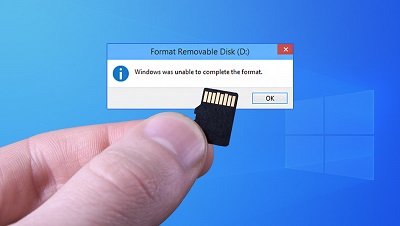
Part 1: Why Won't My SD Card Format?
Before answering "why can't I format my micro sd card?", we might want you to learn about the subject. This part will share specific reasons that will answer why a corrupted SD card won't format.
- The SD card's write-protection switch might be enabled, preventing formatting.
- The SD card may contain bad sectors, making formatting difficult or impossible.
- The SD card could be corrupted and could not be formatted because of system file errors.
- Connecting the SD card to multiple devices may expose it to potential viruses or malware, leading to formatting issues.
Part 2: How to Fix SD Card Won't Format [with Video]?
Having delved into the reasons why Windows won't format sd card, let's now proceed to the solutions. In this section, we will present you with 6 practical methods to overcome this problem and help you successfully format your SD card. By following these steps, you will be able to address the formatting issues and regain full functionality of your SD card.
Fix 1. Format SD Card via Windows Disk Management
If you fails to format your SD card using Windows File Explorer, an alternative option is to utilize Windows Disk Management, another default program in Windows that allows users to manage and control various aspects of their computer's storage devices. It offers a comprehensive set of tools for managing storage devices, including the ability to format them. By turning to Disk Management, you can effectively address SD card formatting errors and restore the SD card to a functional state.
Here's how you can format an SD card via Windows Disk Management:
- Press the Windows key + X on your keyboard and select "Disk Management" from the menu.
-
Locate and right-click on the SD card, and select "Format" for the pop-up menu.
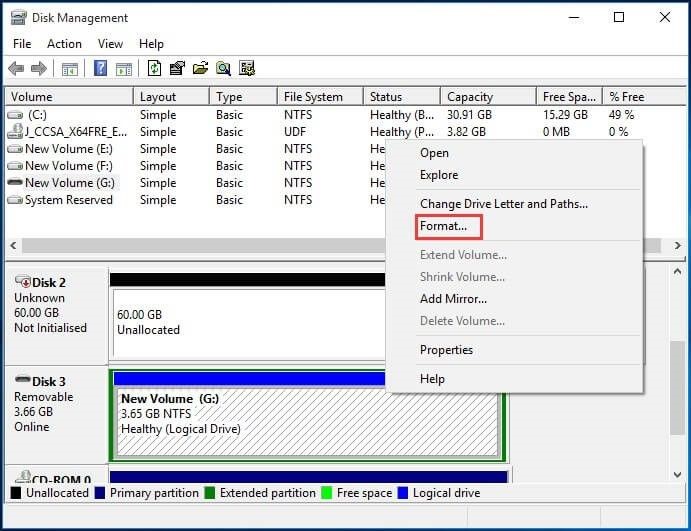
- Press the Windows key + X on your keyboard and select "Disk Management" from the menu.
-
Choose the desired file system (e.g., FAT32 or exFAT) and click "OK" to play out a speedy format.

- Wait for the formatting process to complete, and once finished, the SD card will be ready for use.
Moreover, there are solutions available to help you overcome the "Windows Was Unable to Complete the Format" error.
Fix 2: Format SD card Using Third-party SD Card Formatter
If the built-in Windows tools like Disk Management or Diskpart can't format your SD card, you can get help from a third-party Windows 10 SD formatter. One recommended option is 4DDiG Partition Manager, which provides advanced disk management features, including the ability to format SD cards. Follow the steps below:
-
Download and launch 4ddiG Partition Manager on your computer. Ensure your SD card is connected to your computer. Then select "Partition Management" and right-click the SD card partition that you want to format and select the Format option.
FREE DOWNLOADSecure Download

-
Select the desired file system (such as FAT32 or exFAT) and specify the volume label.

-
Review the formatting settings and click "OK" to start the formatting process.

-
Wait for the process to complete, and once finished, your SD card will be successfully formatted.

Fix 3: Run the Diskpart to Clean the SD Card That Won't Format
The Diskpart utility in Windows allows users to manage disks, partitions, and volumes through command-line instructions. By using Diskpart to clean the SD card, it removes any existing partition or volume formatting, effectively eliminating potential corruption or errors that may be preventing successful formatting.
To run Diskpart and fix SD card won't format issue, follow these steps:
- Press Windows + R simultaneously, type "cmd" in the Run box to open the command prompt.
-
Type "diskpart" and press Enter to run Diskpart Utility. Then Type "list disk" to view the list of disks on the PC.

- Identify the disk number associated with your SD card and type "select disk X" (replace X with the disk number of your SD card, i.e., select disk 2) and press Enter.
- Type clean to wipe all information on the SD card using the clean utility.
- Create a new partition on the card by typing "create partition primary."
-
Type design fs="file system" (file system refers to ntfs/fat32)to format the partition.

Fix 4: Change Drive Letter and Paths to Find The SD Card
Sometimes, the "Windows won't format SD card" issue doesn't go away by any means. To resolve such problems, you need to follow the method below:
- Connect your non-formattable card to PC.
- Right-click on "This PC" and click "Manage."From Manage > Disk Management.
- Find your SD card and right-click > Change drive letter > Paths.
-
Re-select another drive letter for your SD card and snap OK.

Fix 5: Remove Write Protection from Micro SD Card Won't Format
Removing write protection from a micro SD card is a crucial step in fixing the issue where an SD card won't format. Write protection is a security feature that prevents any modifications or formatting of the SD card. When write protection is enabled, attempting to format the SD card will result in failure. By removing write protection, you can regain control over the SD card and can proceed with formatting without any issues.
Press Windows + E keys to open File Explorer and locate the SD card. Right-click on the SD card and select "Properties." Navigate to the "General" tab and ensure that the "Read-only" attribute is unchecked. If the SD card is still write-protected, follow the below steps to remove write protection from your SD card.
- Press Windows + R to launch the Run box.
- Type "diskpart" in the Run box and press Enter to launch the Diskpart utility.
-
Enter the following commands in the diskpart window that shows up. Press the Enter button each time after giving the following orders:
- List disk/
- Select plate # (# shows the disk having the write protection).
- Attributes disk clear read-only.

It might be ideal if you shut the Windows when you are shown "Diskpart attributes cleared successfully." That implies the issue of "corrupted SD card won't format" is settled.
Fix 6: Check and Repair Bad Sectors
Bad sectors are physical defects on the storage medium that can cause data corruption and formatting difficulties. By performing a check and repair process, you can identify and fix these bad sectors, allowing for successful formatting of the SD card. Here's you can can get rid of the "Windows unable to format sd card" issue by repairing badsectors.
- Using Windows key + R buttons, open the Run bar and type cmd there. Press the Enter key to open the order prompt (cmd.exe).
- Input the command: chkdsk E:/f/r/x. Supplant E in the Command Prompt with your SD card's drive letter.
Part 3: How to Recover Data from SD Card That Won't Format?
Commonly, an SD card might corrupt while moving data from one device to another. If you are still encounter the situation your SD card won't format and you need to get your lost data back from the corrupted SD card, don't worry. With the assistance of the Tenorshare 4DDiG Data Recovery, it is a matter of a few minutes. This product has been fruitful in helping innumerable clients in recovering files from SD card after accidentally deletion or format. Regardless of you utilize a Windows or Mac PC, the program functions admirably with both. Here is how you can use it to recover your data:
-
Connect and Select the Card
First, download and install Tenorshare 4DDiG Windows Data Recovery. Run the program, connect your SD card where you lost data with your PC, and then select it to Start.

-
Scan SD Card and Preview Data
After you beforehand click on Scan, 4DDiG quickly checks your card all around to uncover the lost files. After the scanning, you can choose file to preivew before data recovery.

-
Recover Data from SD Card
4DDiG restores data of all types and lets you preview them. After clicking on Recover, 4DDiG will request the location you wish to save the documents found.

And here are also methods to recover files from a formatted SD card.
Part 4: FAQS about SD Card Won't Format
1. How to Fix SD Card Won't Format to FAT32?
In Windows 10, it is hard to format a card into FAT32 if its size is over 32 GB. That happens because of its life span as a file system. You can try:
- Format when Windows File Explorer and Disk Management works
- Format your card using Diskpart to FAT32 in Windows 10
- Format SD card to FAT32 with the command line in Windows 10
2. How to Fix The RAW SD Card Won't Format?
The best solutions to get rid of issues related to the format of raw SD cards are:
- Format using CMD option
- Force Format the Card
- Format your Raw Memory Card Using Diskpartin Windows 10
3. How to Repair SD Card Won't Format on Android/Canon Camera?
- Clear the SD card on your PC and put it to your Android camera.
- Go to Settings > Storage.
- Select the card and tap the three dots indicating Settings.
- Select "Format as internal."
- Select "Delete and Format" and then reboot your camera.
Conclusion:
Encountering the "SD card unable to format" issue can be overwhelming. One recommendation is to use the 4DDiG Partition Manager, which provides a reliable and user-friendly interface for formatting an SD card. In case you've lost important data during formatting, the reliable 4DDiG SD Data Recovery software can smoothly recover your files. With the right tools and assistance, you can overcome the formatting issue and retrieve your valuable data.
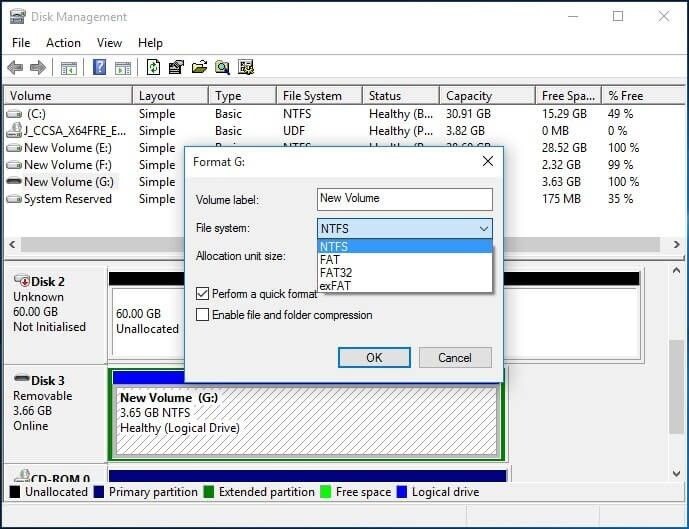




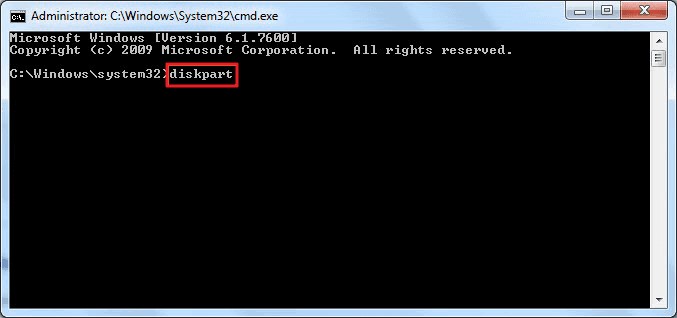
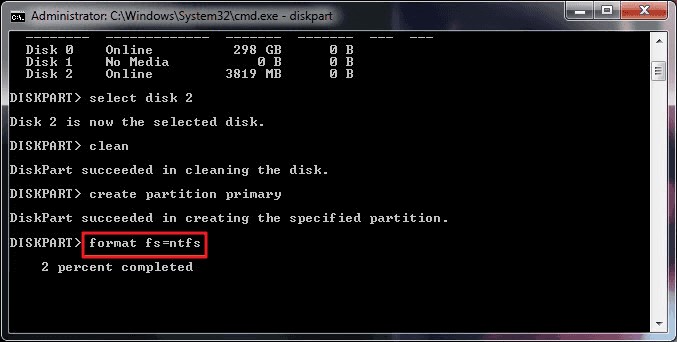
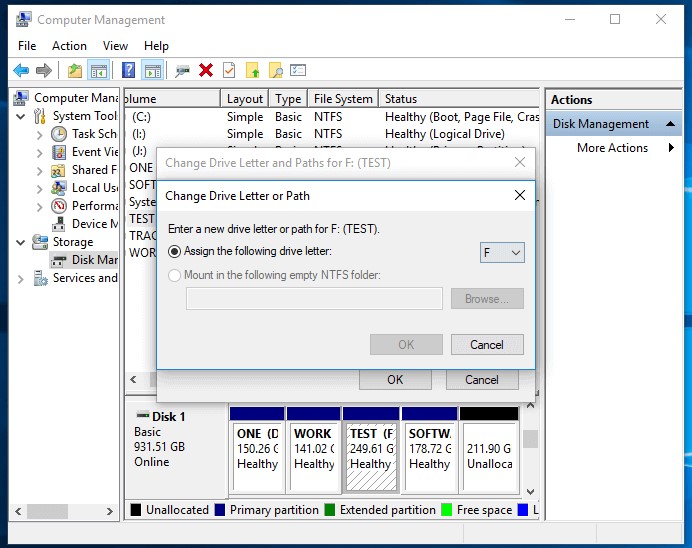
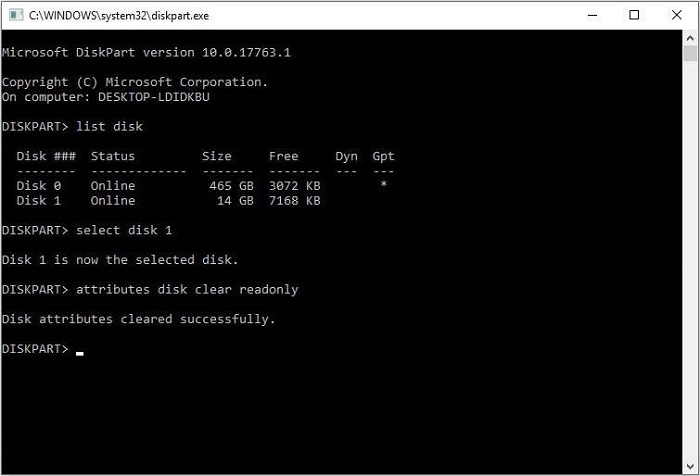
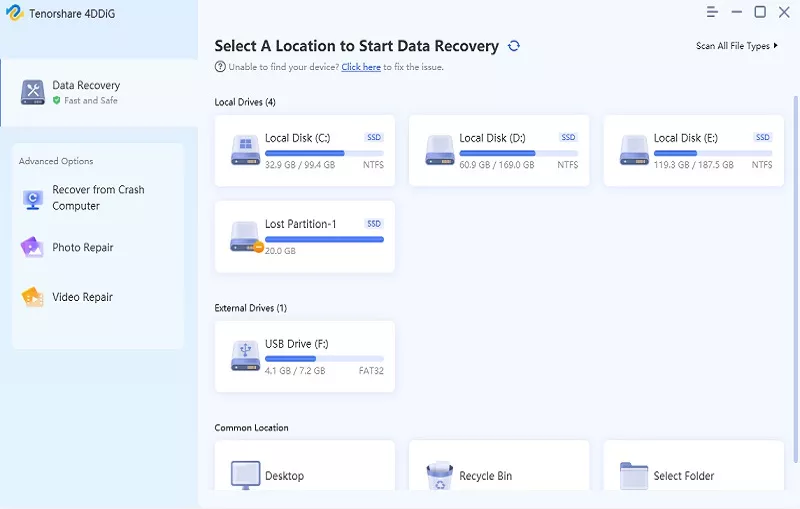
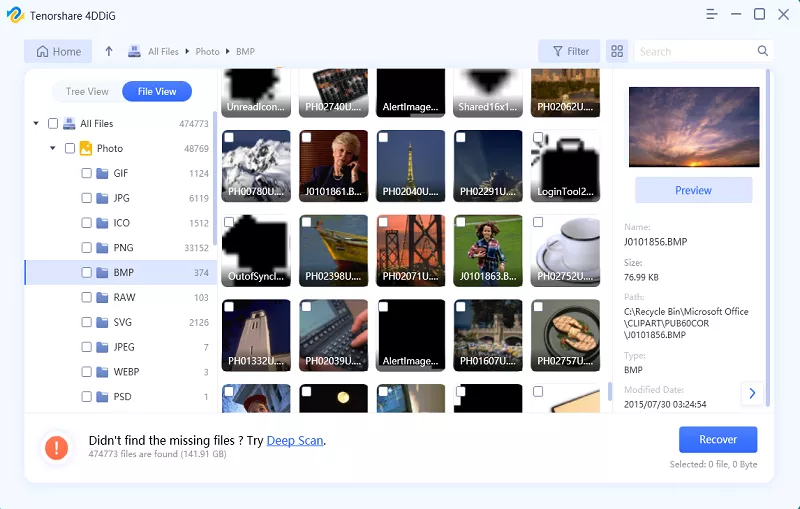
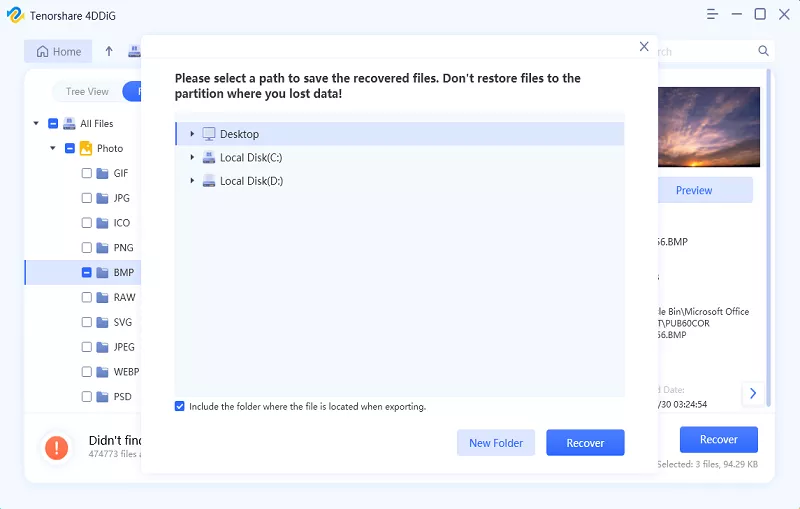
 ChatGPT
ChatGPT
 Perplexity
Perplexity
 Google AI Mode
Google AI Mode
 Grok
Grok

